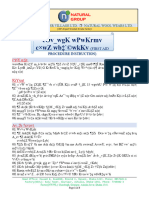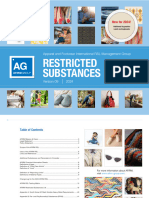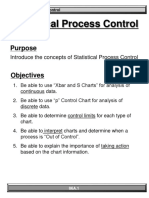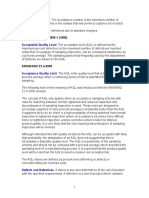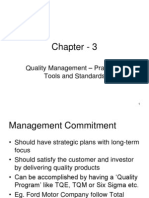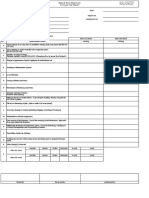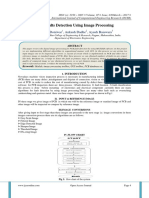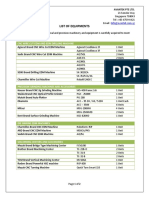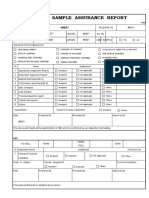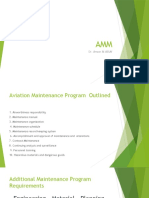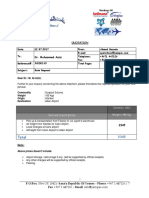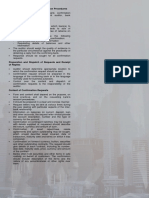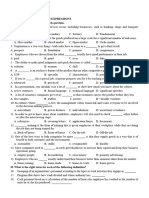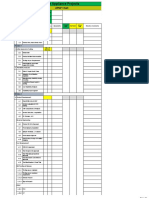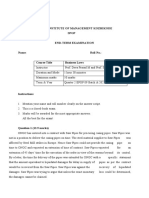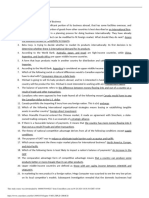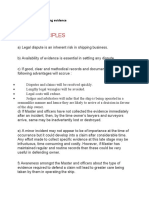0% found this document useful (0 votes)
127 views6 pagesSoftware Defect Management Guide
The document provides an overview of defect management processes including bug triage, traceability, defect reporting, and root cause analysis. It discusses identifying, prioritizing, tracking defects from software development through resolution. Effective defect management ensures issues are addressed in a structured manner to improve quality.
Uploaded by
Hector AmayaCopyright
© © All Rights Reserved
We take content rights seriously. If you suspect this is your content, claim it here.
Available Formats
Download as DOCX, PDF, TXT or read online on Scribd
0% found this document useful (0 votes)
127 views6 pagesSoftware Defect Management Guide
The document provides an overview of defect management processes including bug triage, traceability, defect reporting, and root cause analysis. It discusses identifying, prioritizing, tracking defects from software development through resolution. Effective defect management ensures issues are addressed in a structured manner to improve quality.
Uploaded by
Hector AmayaCopyright
© © All Rights Reserved
We take content rights seriously. If you suspect this is your content, claim it here.
Available Formats
Download as DOCX, PDF, TXT or read online on Scribd
/ 6

